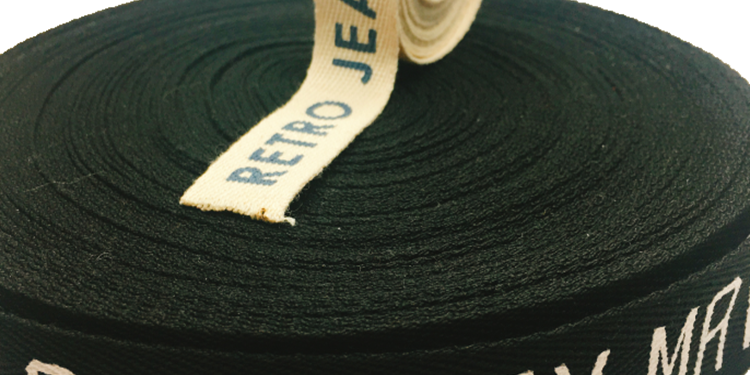Cotton webbing is evolving to meet the demands of both innovation and sustainability in various industries. In this blog, we’ll explore the future developments and trends surrounding cotton webbing.
1. Sustainable Sourcing:
Manufacturers are increasingly sourcing organic and sustainably grown cotton for webbing production, ensuring minimal environmental impact.
2. Advanced Dyeing Techniques:
Innovations in dyeing processes are reducing water usage and chemical waste in cotton webbing production, making it more environmentally friendly.
3. Hybrid Materials:
Cotton webbing is being combined with other sustainable materials like recycled polyester or natural fibers to create hybrid webbing with enhanced properties.
4. Smart Textiles Integration:
Cotton webbing is being integrated into smart textiles for applications in wearable technology, combining comfort with functionality.
5. Eco-Friendly Packaging:
Cotton webbing is used in eco-friendly packaging solutions, replacing traditional plastics with biodegradable options.
6. Sustainable Fashion:
Eco-conscious fashion brands are exploring cotton webbing for its natural aesthetics and sustainability, incorporating it into clothing and accessories.
As the world continues to prioritize sustainability, cotton webbing is poised to play a significant role in eco-friendly innovations across various industries, offering both functionality and environmental responsibility.


















